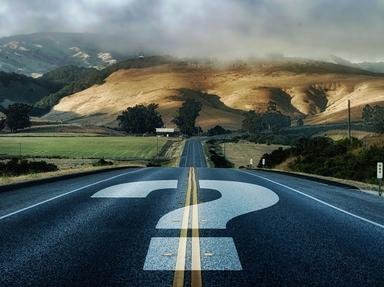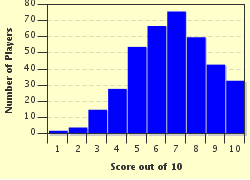Quiz Answer Key and Fun Facts
1. On 12 September 2011, the first civilian nuclear power station opened in the Middle East. In which country did this take place?
2. Who or what is gumbo?
3. The Golden Parakeet, an extraordinarily beautiful little bird whose very existence is now threatened, is found in which area of South America?
4. What's the difference between (A) a Plutocrat and (B) an Autocrat?
5. Which peculiar day, celebrated originally in the US every 19 September, is now celebrated internationally as well?
6. In 1991, a well-preserved mummy of a man, said to be 5,300 years old, was found frozen in the Italian Alps. What name has he been given?
7. Which artists created the original Superman comic book hero?
8. Why do human beings have whites to their eyes, but most animals do not?
9. In Victorian England, the common name for one of their coins was a "Brown". What value was assigned to this coin?
10. The Roman author Columella, in his eighth book on agricultural techniques, stated that one could tell the difference in the gender of unhatched birds in a chicken's eggs. How?
Source: Author
Creedy
This quiz was reviewed by FunTrivia editor
Exit10 before going online.
Any errors found in FunTrivia content are routinely corrected through our feedback system.


